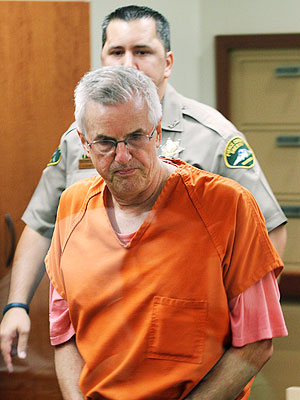SAN FRANCISCO (Reuters) – Google Inc is replacing the head of its in-house mergers and acquisitions group, David Lawee, with one of its top lawyers, according to a person familiar with the matter.
Don Harrison, a high-ranking lawyer at Google, will replace Lawee as head of the Internet search company‘s corporate development group, which oversees mergers and acquisitions, said the source, who spoke anonymously because he was not authorized to speak publicly.
Google is also planning to create a new late-stage investment group that Lawee will oversee, the source said.
Google declined to comment. Lawee and Harrison could not immediately be reached for comment.
One of the Internet industry’s most prolific acquirers, Google has struck more than 160 deals to acquire companies and assets since 2010, according to regulatory filings. Many of Google’s most popular products, including its online maps and Android mobile software, were created by companies or are based on technology that Google acquired.
Harrison, Google’s deputy general counsel, will head up the M&A group at a time when the company is still in the process of integrating its largest acquisition, the $ 12.5 billion purchase of smartphone maker Motorola Mobility, which closed in May.
And he takes over at a time when the Internet search giant faces heightened regulatory scrutiny, with the U.S. Federal Trade Commission and the European Commission conducting antitrust investigations into Google’s business practices. Several recent Google acquisitions have undergone months of regulatory review before receiving approval.
As deputy general counsel, Harrison has been deeply involved in the company’s regulatory issues and many of its acquisitions. He joined Google more than five years ago and has completed more than 70 deals at the company, according to biographical information on the Google Ventures website.
Harrison is an adviser to Google Ventures, the company’s nearly four-year old venture division which provides funding for start-up companies.
While most of Google’s acquisitions are small and mid-sized deals that do not meet the threshold for disclosure of financial terms, Google has a massive war chest of $ 45.7 billion in cash and marketable securities to fund acquisitions.
Lawee, who took over the M&A group in 2008, has had hits and misses during his tenure. Google shut down social media company Slide one year after acquiring it for $ 179 million, for example.
The planned late-stage investment group has not been finalized, the source said. The fund might operate separately from Google Ventures, according to the source.
“Think of it as a private equity fund inside of Google,” the source said.
The company recently said it would increase the cash it allocates to Google Ventures to $ 300 million a year, up from $ 200 million, potentially helping it invest in later-stage financing rounds.
Google finished Friday’s regular trading session down 1 percent, or $ 6.92, at $ 684.21.
(Reporting By Alexei Oreskovic; editing by Carol Bishopric and Jim Loney)
Wireless News Headlines – Yahoo! News











